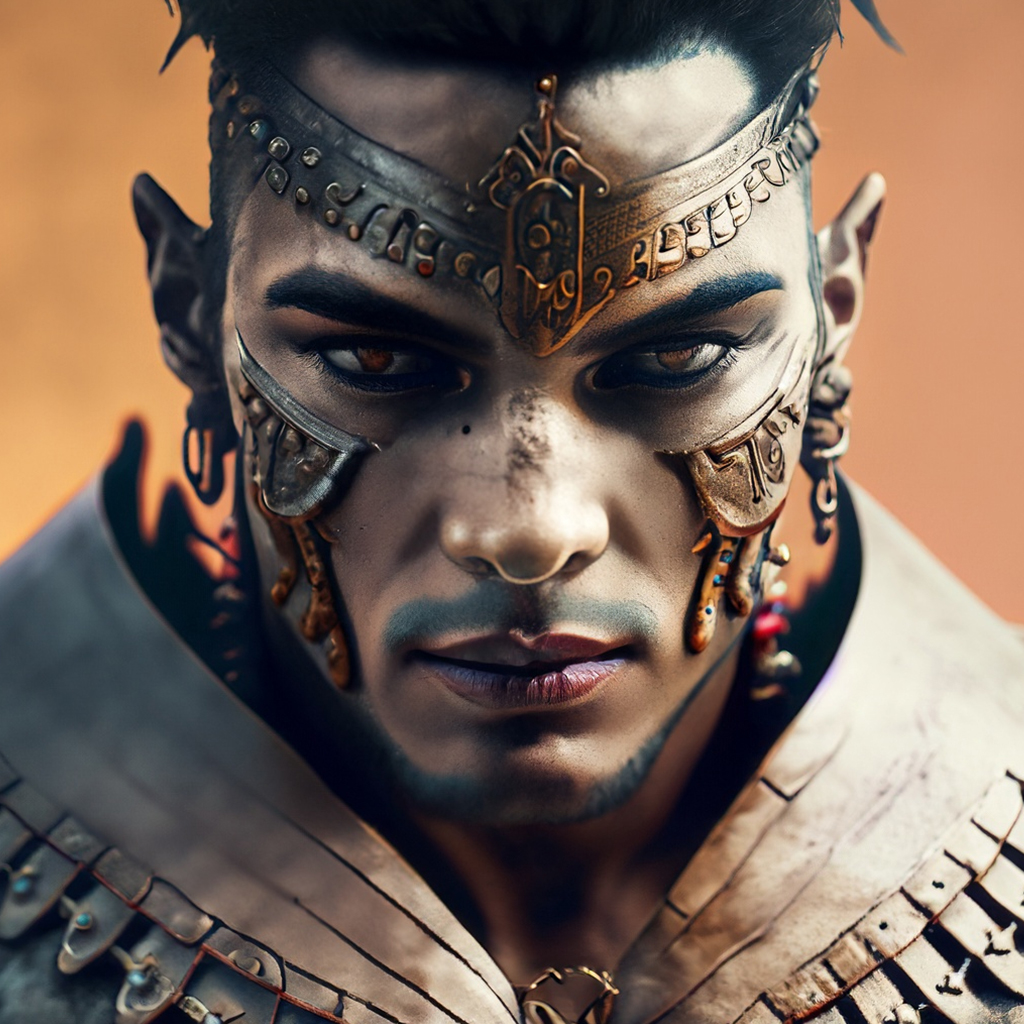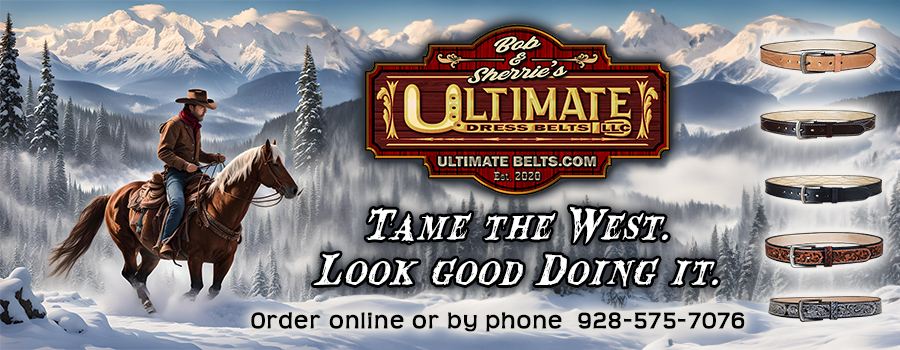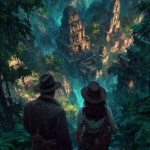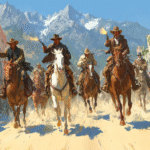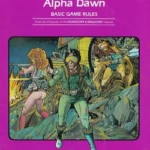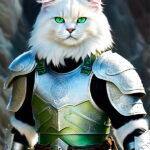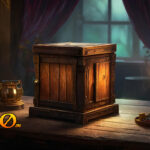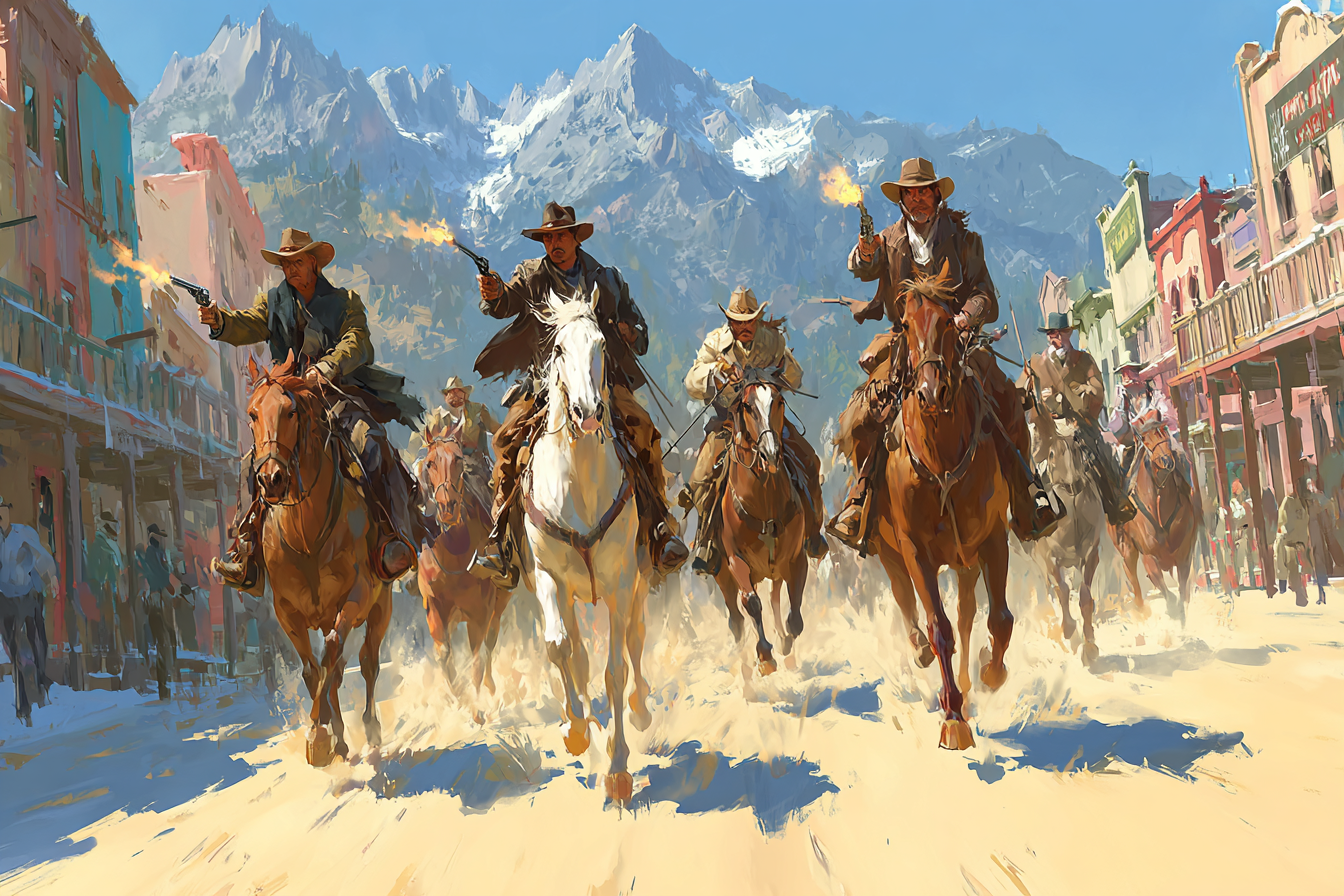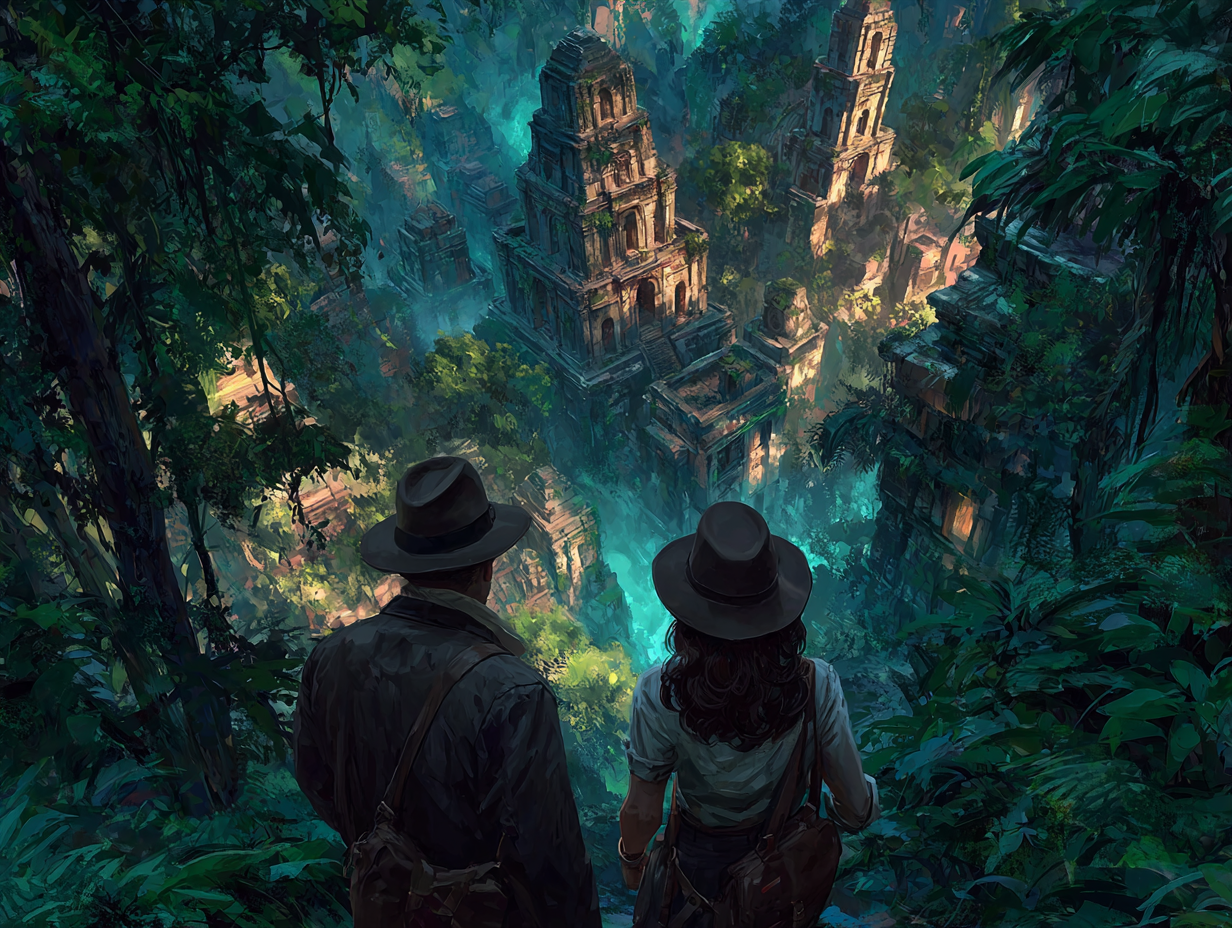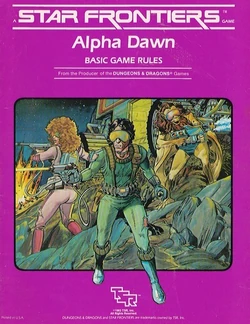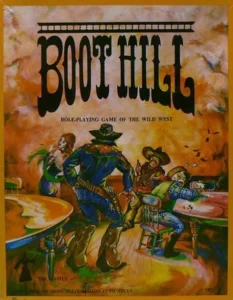 In the burgeoning era of tabletop role-playing games (RPGs) during the mid-1970s, Dungeons & Dragons (D&D) had established itself as the pioneering fantasy RPG, inspiring countless imitators and new game designs. Recognizing the potential of expanding the RPG genre into other thematic realms, TSR, Inc.—the company behind D&D—embarked on developing a Western-themed role-playing game to capture the rugged, unpredictable spirit of the American frontier. This effort resulted in the birth of Boot Hill, a game that sought to bring the excitement, danger, and moral complexity of Western stories to the tabletop.
In the burgeoning era of tabletop role-playing games (RPGs) during the mid-1970s, Dungeons & Dragons (D&D) had established itself as the pioneering fantasy RPG, inspiring countless imitators and new game designs. Recognizing the potential of expanding the RPG genre into other thematic realms, TSR, Inc.—the company behind D&D—embarked on developing a Western-themed role-playing game to capture the rugged, unpredictable spirit of the American frontier. This effort resulted in the birth of Boot Hill, a game that sought to bring the excitement, danger, and moral complexity of Western stories to the tabletop.
The idea for Boot Hill germinated from TSR’s interest in diversifying its game catalog. At that time,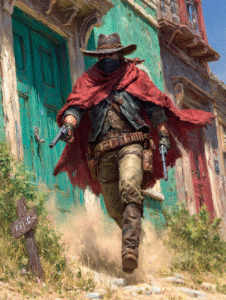 miniatures wargaming and Western-themed board games enjoyed popularity, but there was a gap in the market for a role-playing game set in the Old West. TSR’s founders, including Gary Gygax and Dave Arneson—creators of D&D—wanted to develop a game that allowed players to step into the boots of frontier characters, experiencing gunfights, saloon brawls, and outlaw pursuits.
miniatures wargaming and Western-themed board games enjoyed popularity, but there was a gap in the market for a role-playing game set in the Old West. TSR’s founders, including Gary Gygax and Dave Arneson—creators of D&D—wanted to develop a game that allowed players to step into the boots of frontier characters, experiencing gunfights, saloon brawls, and outlaw pursuits.
The concept was heavily influenced by Western novels, films, and pulp fiction. Classic Western tropes such as shootouts, cattle drives, outlaw gangs, and frontier justice formed the thematic backbone. The game aimed to simulate the chaos and unpredictability of gunfights and the moral ambiguities faced by characters on the frontier.
Boot Hill was published in 1975 as a boxed set, making it one of TSR’s earliest attempts to expand beyond fantasy role-playing. Its design was relatively straightforward, emphasizing quick gameplay and narrative flexibility. The core rulebook provided guidelines for creating characters, resolving combat, and running adventures.
Character Creation: Players could choose from an array of roles including gunslinger, outlaw, sheriff, deputy, gambler, or saloon singer. Each character had attributes such as agility, shooting ability, and toughness, which influenced their performance in gunfights and encounters.
Combat System: Central to the game was the simulation of gunfights, which involved dice rolls to determine hits, dodges, and damage. The mechanics favored quick, decisive action, with an emphasis on timing and terrain—cover, buildings, and natural features could provide strategic advantages.
Scenario Modules: The boxed set included pre-written scenarios and adventure modules, allowing game masters and players to jump directly into frontier adventures. These scenarios featured classic Western dilemmas—bank robberies, hostage situations, and town defenses.
Loot and Resources: Wealth, weapons, and reputation played roles in gameplay, encouraging players to pursue treasure, fame, or infamy.
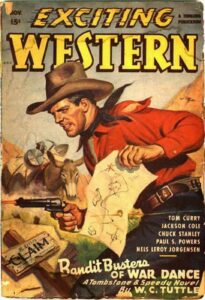 The artwork in Boot Hill drew heavily from Western film iconography and pulp fiction covers—rugged cowboys, saloons, dusty towns, and smoke-filled gunfights. The visual style aimed to immerse players into a gritty frontier world. The game also incorporated thematic elements such as moral ambiguity, where characters’ decisions could lead to redemption or ruin, reflecting Western stories’ complex characters.
The artwork in Boot Hill drew heavily from Western film iconography and pulp fiction covers—rugged cowboys, saloons, dusty towns, and smoke-filled gunfights. The visual style aimed to immerse players into a gritty frontier world. The game also incorporated thematic elements such as moral ambiguity, where characters’ decisions could lead to redemption or ruin, reflecting Western stories’ complex characters.
Gary Gygax, co-creator of D&D and a key figure at TSR, reflected on the development of Boot Hill in later interviews. He mentioned that the game was born out of the desire to explore new genres and to capitalize on the Western film craze of the 1960s and early 1970s. Gygax noted that the mechanics were intentionally kept simple to encourage fast-paced gameplay, especially since players might be more interested in cinematic gunfights than complex rules.
David “Dave” Arneson, another pivotal figure in early RPG development, contributed ideas on how to incorporate randomness and unpredictability into the game. He emphasized that the game’s encounter system, which used random draw cards, was designed to mimic the surprise elements of Western stories—ambushes, sudden gunfire, and unexpected confrontations.
Mike Carr, who was involved in the initial design, recalled that they wanted to create a game that was “fun and quick to learn,” appealing to both miniatures players and role-players new to the genre. Carr also mentioned that the artwork and thematic elements aimed to evoke the classic Western movies they admired, like those of John Ford and Sergio Leone.
While Boot Hill was an innovative attempt, some creators acknowledged its limitations. Gygax pointed out that the game’s mechanics were somewhat simplistic compared to D&D, which could limit strategic depth. Nonetheless, he believed the game’s focus on cinematic action was its strength. The Western genre’s niche appeal also meant that Boot Hill didn’t reach the same broad audience as fantasy RPGs, but it remains a cherished classic among collectors and Western fans.
Although Boot Hill didn’t revolutionize the RPG market, it became a cult favorite. Its influence persisted in later Western-themed role-playing games and media, inspiring titles like Deadlands and Gunslinger. The game also demonstrated TSR’s willingness to explore different genres, paving the way for future non-fantasy RPGs.
Boot Hill stands as a testament to the creative experimentation of early RPG designers. With insights from its creators, the game exemplifies a bold step into genre diversification, blending storytelling, mechanics, and thematic elements to recreate the gritty, morally complex world of the American West. Its legacy as a pioneering Western RPG endures, highlighting the versatility and imaginative potential of tabletop role-playing games.

